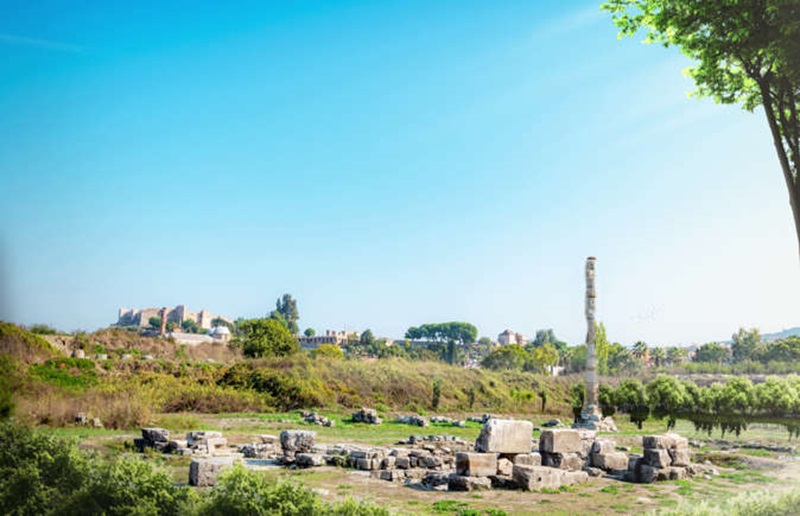Ancient wonders were once the most beautiful places in the world. From the Hanging Gardens of Babylon to the Statue of Zeus, what if we could still see them today?
In ancient times, if you traveled, you probably had a list of the Seven Ancient Wonders to visit. These wonders, which were considered masterpieces of Greek and Egyptian engineering, included extraordinary works such as the Hanging Gardens of Babylon and the statue of Zeus in Olympia; But of these seven wonders, only the Great Pyramid of Giza in Egypt has remained relatively intact.
Now, with the help of modern technology and restorations, the amazing seven wonders have come back to life and we imagine what they would look like if they were tourist attractions today.
1. Ruins of the Temple of Artemis in Ephesus, Türkiye
Photo source: msn website Photographer: Unknown
The Temple of Artemis, which has been referred to as “the most wonderful monument of Greek grandeur”, was built in the 6th century BC. This huge temple was dedicated to Artemis, the goddess of hunting and nature, and was 129 meters long and 69 meters wide, almost twice the size of the Parthenon in Athens; But today only a few columns remain.
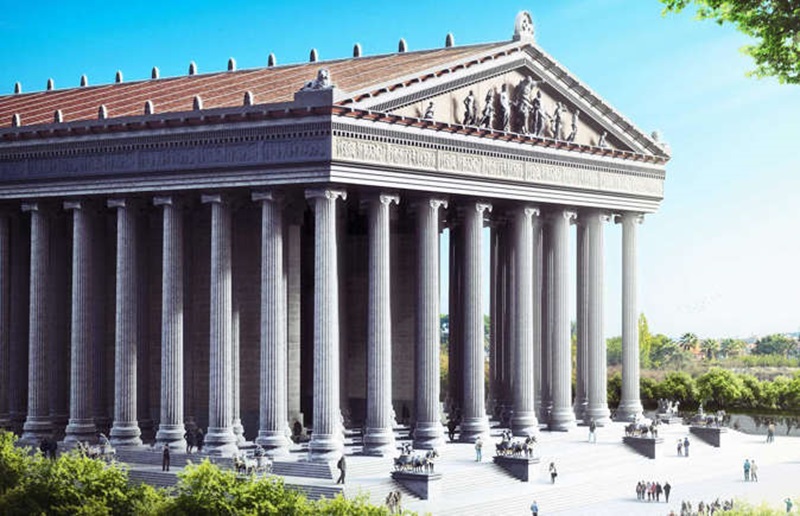
Photo source: msn website Photographer: Unknown
This temple was attacked many times and was first set on fire in 356 BC by a person named Herstratus. After the reconstruction, it was destroyed again in 262 AD during the attack of the Goths, and today only the foundations and one column remain.
2. Ruins of the Lighthouse of Alexandria, Egypt

Photo source: msn website Photographer: Unknown
This lighthouse was the most famous watchtower in the ancient world and was located on Pharos Island in front of the two eastern and western harbors of Alexandria. With a height of more than 110 meters, this building was built between 300 and 280 BC and was one of the tallest man-made structures in the ancient world.
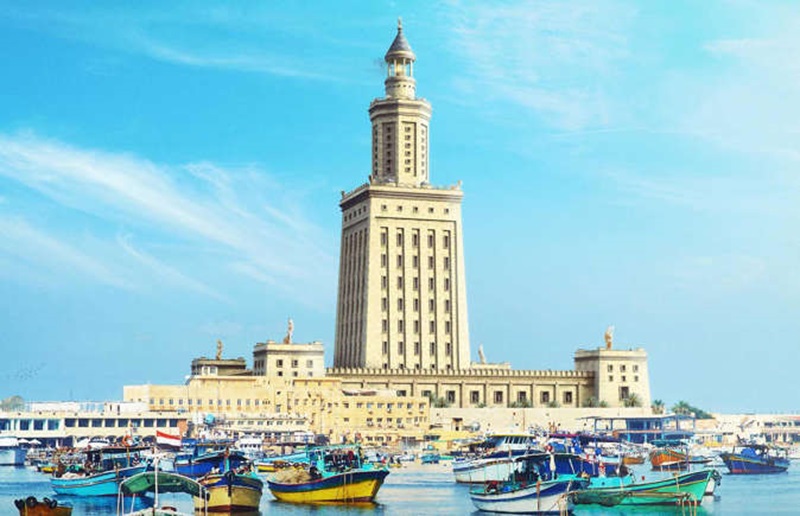
Photo source: msn website Photographer: Unknown
The lighthouse of Alexandria was destroyed after several earthquakes between 956 and 1333 AD, and in 1477 Qaytbay Castle was built on its ruins. Today, the remains of the lighthouse have been discovered at the bottom of the eastern harbor.
3. Halicarnassus Mausoleum Ruins, Türkiye

Photo source: msn website Photographer: Unknown
This tomb was built between 353 and 350 BC for Masolus, the governor of Karia region in present-day Turkey. This building was so magnificent that the name Masulos became the meaning of tomb in today’s languages.
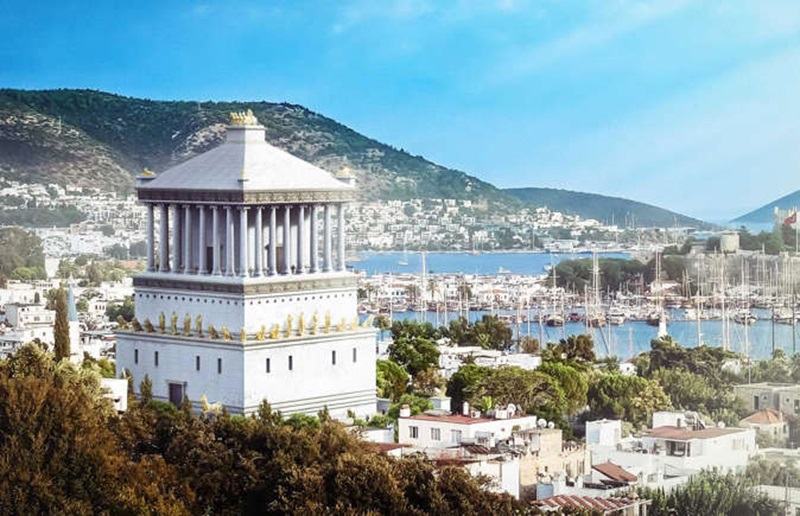
Photo source: msn website Photographer: Unknown
This tomb was built with white and golden marble from Athens and red marble from Türkiye. Above the tomb was a huge statue of Masolus. The building was destroyed during earthquakes between the 11th and 15th centuries and the remaining stones were used to build other buildings.
4. Ruins of the statue of Zeus in Olympia, Greece
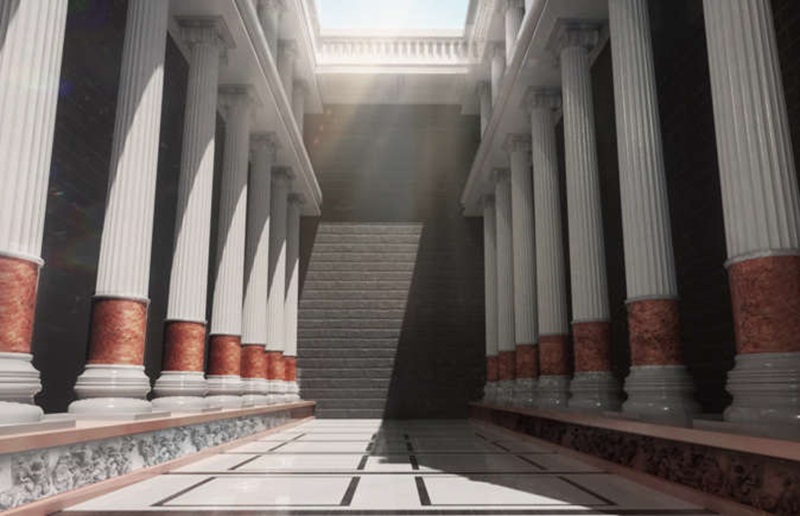
Photo source: msn website Photographer: Unknown
This golden and ivory statue, which was about 12 meters high, was placed in the temple of Zeus in Olympia and was one of the most important works of art in ancient Greece. This statue had a great influence on Roman and Greek art.
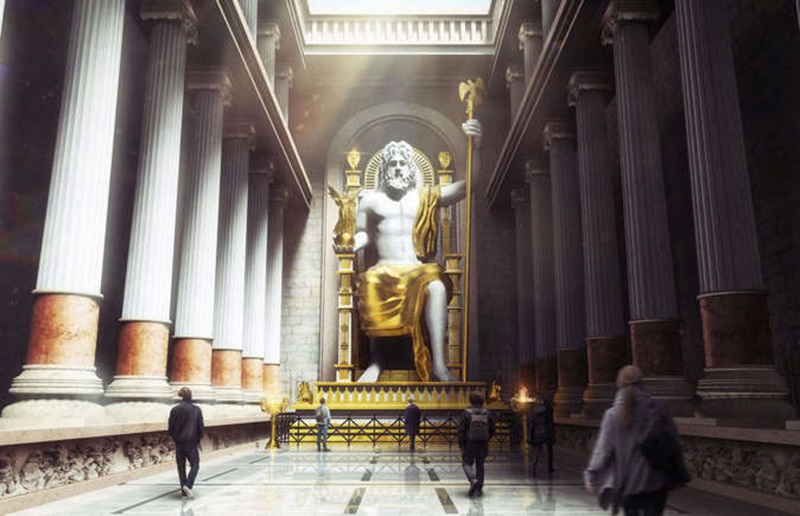
Photo source: msn website Photographer: Unknown
The statue of Zeus was sitting on a wooden throne decorated with gold and precious stones. In his left hand was a scepter with an eagle and in his right hand was a statue of Nike (goddess of victory). The fate of this statue is unknown; But the temple of Zeus was destroyed in 426 AD.
5. Great Pyramid of Giza, Egypt
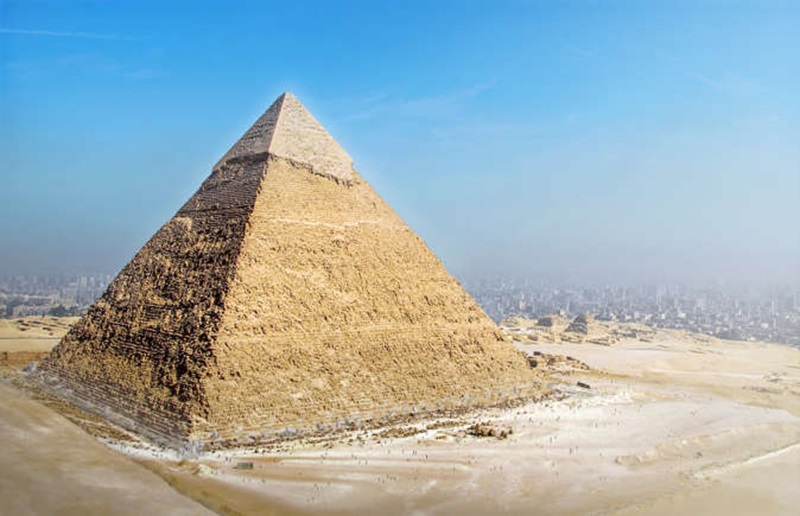
Photo source: msn website Photographer: Unknown
The oldest and only significant ancient wonder still remaining is the Great Pyramid of Giza of Egypt’s triple pyramids. This pyramid is about 451 meters high and was built as the tomb of Pharaoh Khufu around 2570 BC.
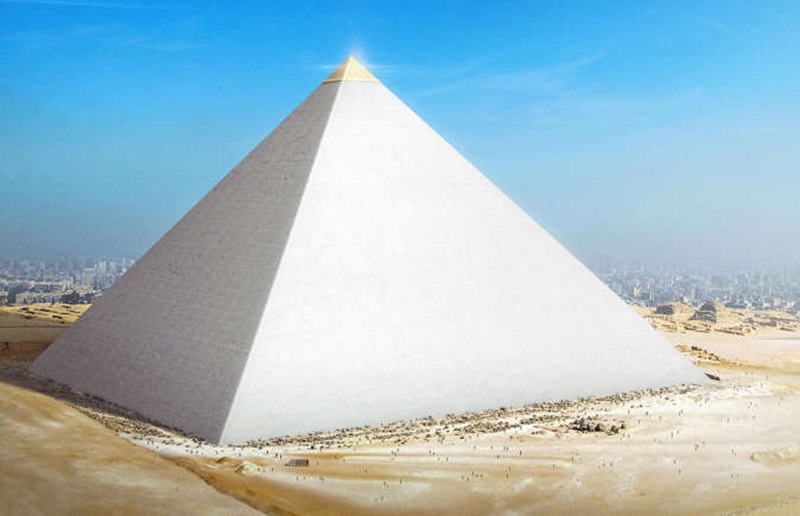
Photo source: msn website Photographer: Unknown
The Great Pyramid of Giza is made of 2.3 million stone blocks and weighs about 5.7 million tons. This pyramid was originally covered with polished white stones, some of which are displayed in various museums today.
6. Ruins of the Hanging Gardens of Babylon, Iraq
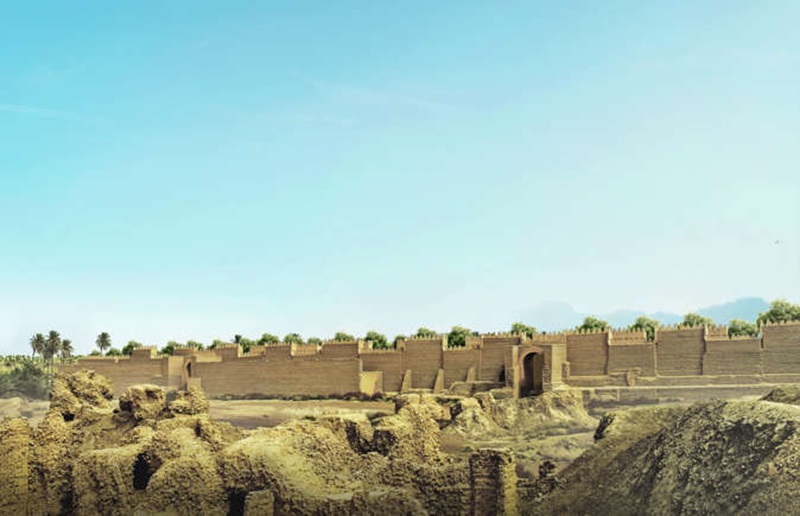
Photo source: msn website Photographer: Unknown
The Hanging Gardens of Babylon are the most mysterious of the Seven Wonders. These gardens, which seem to have been built near the royal palace of Babylon, are attributed to the emperor Nebuchadnezzar. These gardens were built due to the use of advanced irrigation systems.
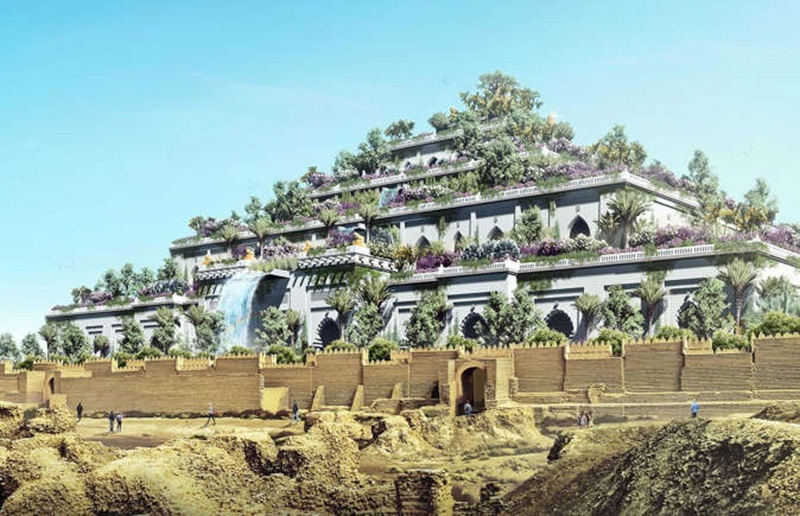
Photo source: msn website Photographer: Unknown
The Hanging Gardens of Babylon looked like a mountain with exotic plants and trees, and used primitive irrigation systems that used water from the Euphrates River or wells to maintain the plants.
7. Ruins of the Colossus statue in Rhodes, Greece
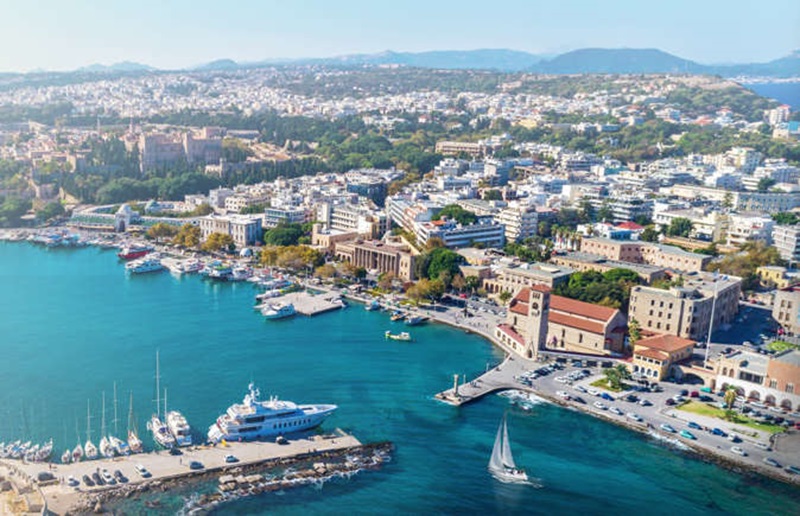
Photo source: msn website Photographer: Unknown
A huge bronze statue of the Greek sun god, Helios, with a height of 32 meters, was located in the port of Rhodes. This statue was built to celebrate the victory of Rhodes.
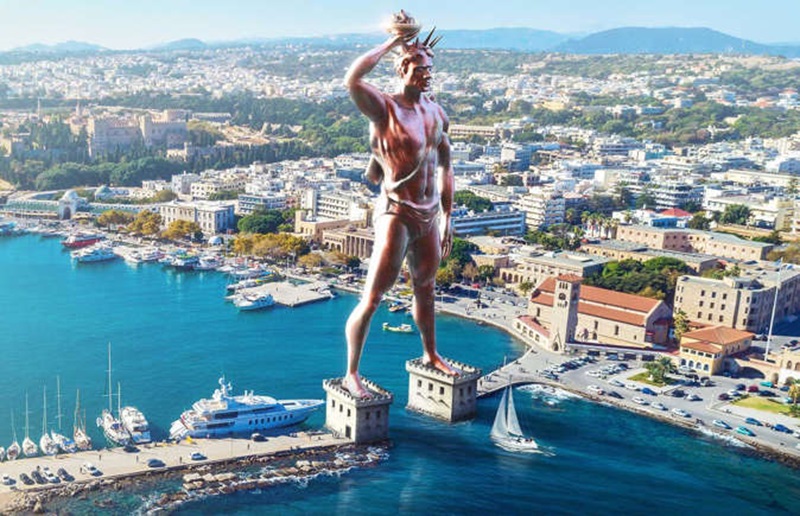
Photo source: msn website Photographer: Unknown
The colossus statue was destroyed in an earthquake about 50 years later and remained in ruins for about 800 years. Finally, in the 7th century AD, after the occupation of the island by Arab forces, this statue was melted down and its metal was sold.
Cover photo source: msn website Photographer: Unknown
RCO NEWS




